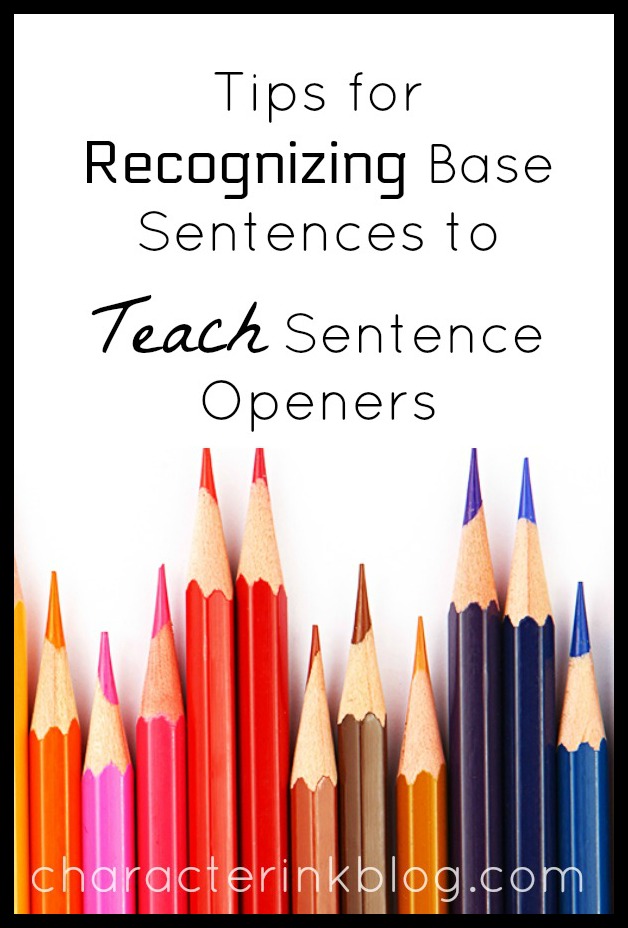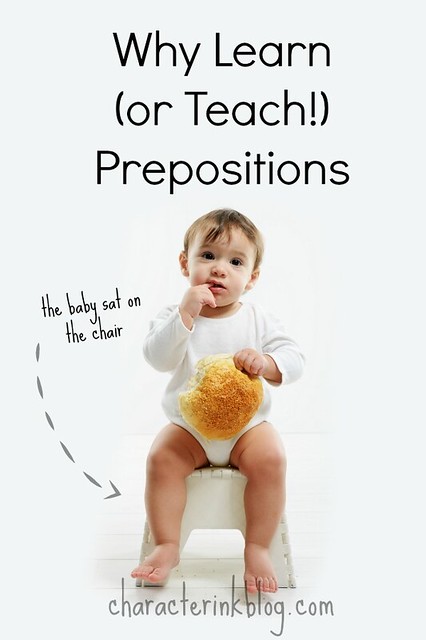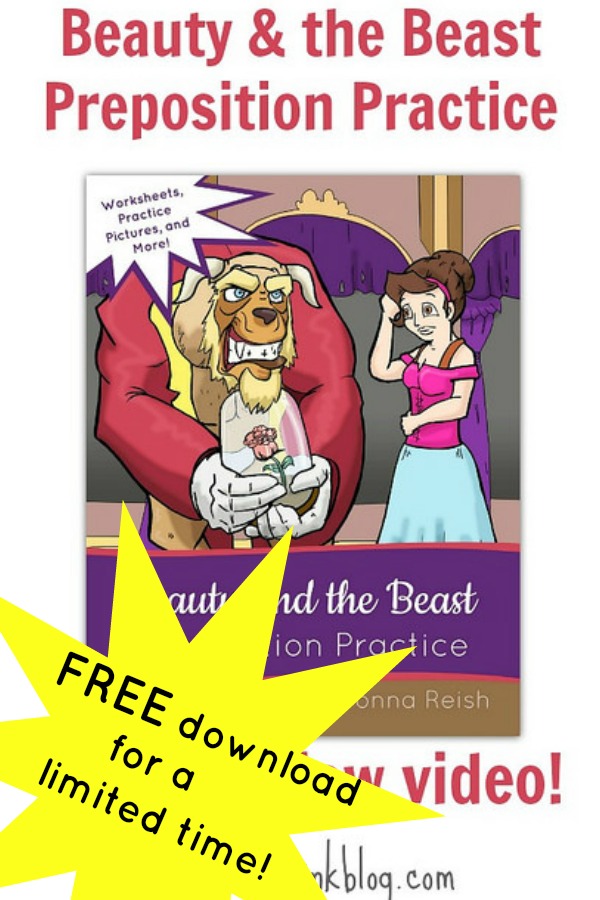Tips for Recognizing Base Sentences to Teach Sentence Openers

Sentence openers. Non-essential information. Dress up openers. Introductory material. Or my personal definition: “A word or group of words that is put at the beginning of a REAL (complete sentence) to add more detail, different sentence rhythm, interest, and variety.”
Regardless of what you call them, they can be tricky to teach for sure. And the biggest obstacle I have seen to teaching them is the simple problem of students not knowing whether a sentence is a real sentence to begin with. Students will never get a good handle on sentence openers (also called introductory material or non-essential information at the beginning of a sentence) UNTIL they have a handle on what a sentence contains.






